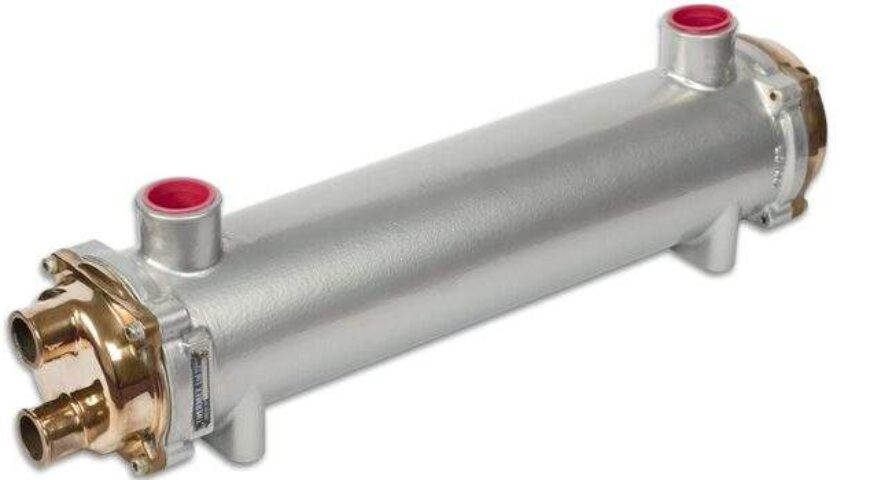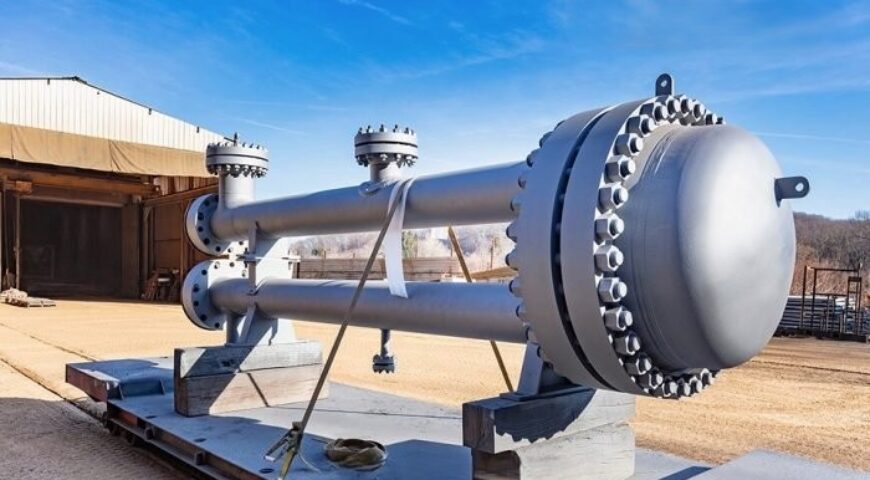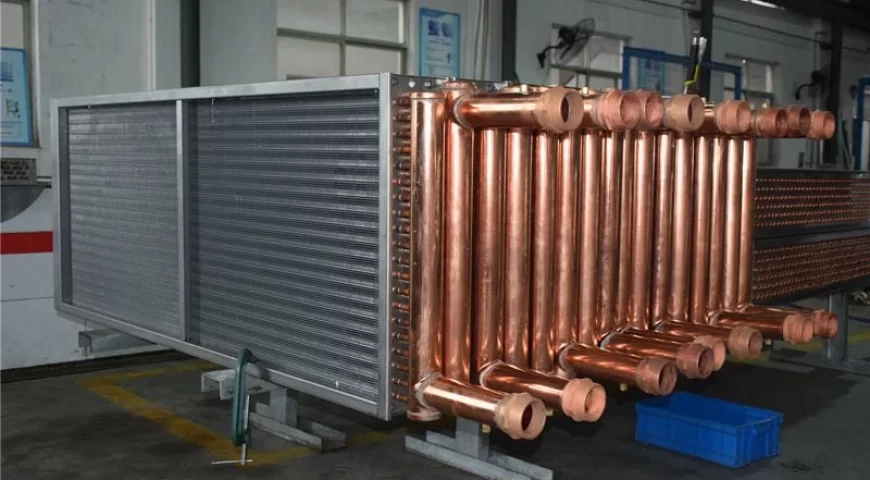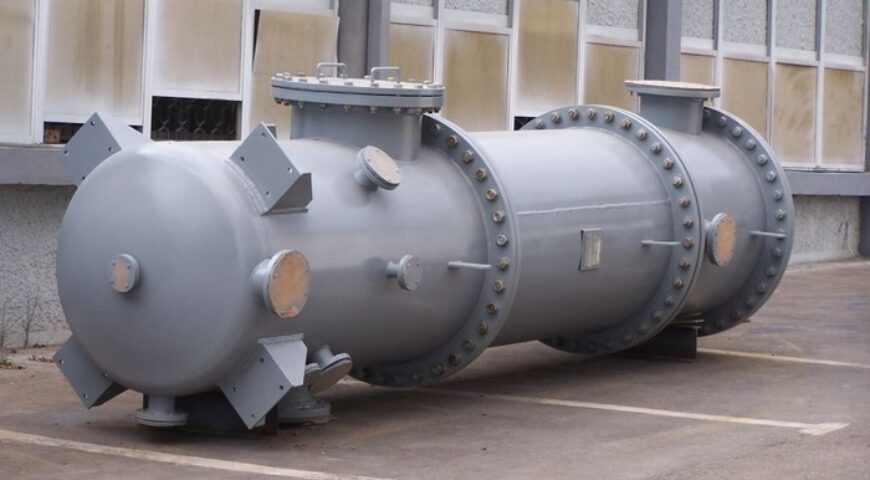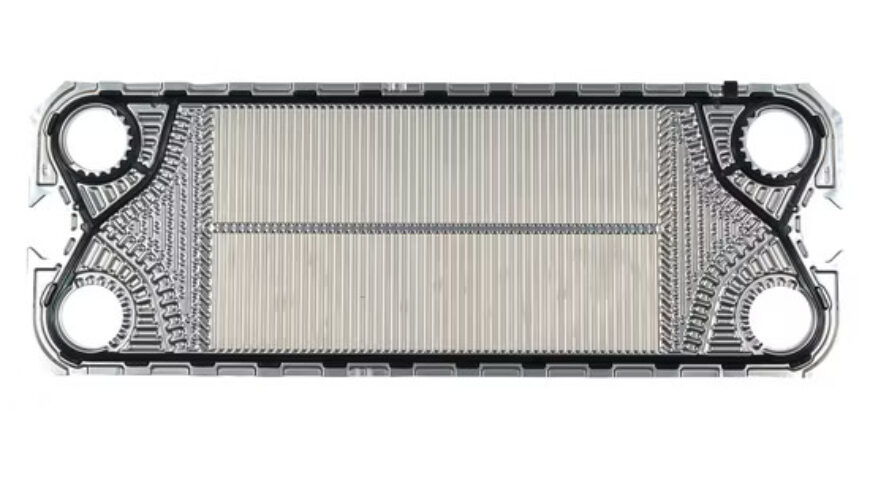Introduction Marine grade heat exchangers are specially engineered devices designed to facilitate efficient heat transfer between fluids while resisting the harsh corrosive effects of seawater and marine atmospheres. Whether cooling powerful ship engines, desalinating seawater, or managing HVAC systems onboard, these heat exchangers play a vital role in ensuring system stability, safety, and performance. Unlike […]
- Home
- About Us
- Heat Exchangers
- Cooling Towers
- Fanless Cooling Tower
- Bottle Shape Cooling Tower
- Square Shape Cooling Towers
- FRP Multi Cell Cooling Towers
- Pultruded FRP Cooling Towers
- Single Crossflow Cooling Towers
- Double Crossflow Cooling Tower
- Dry Cooling Towers
- Wooden Cooling Tower
- Closed Circuit Cooling Tower
- Turbine Cooling Tower
- Forced Draft Cooling Towers
- Closed Circuit Hybrid Cooling Tower
- Contact us
91 6379 00 3383

